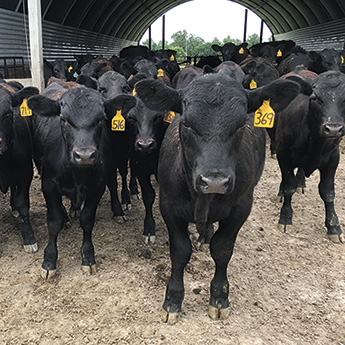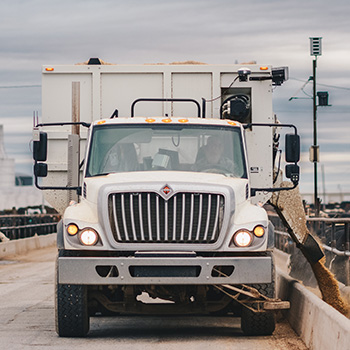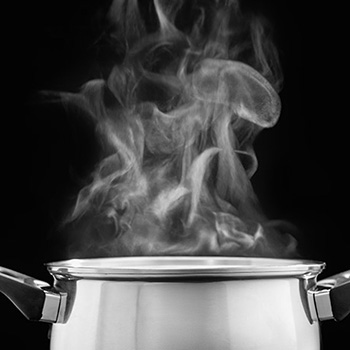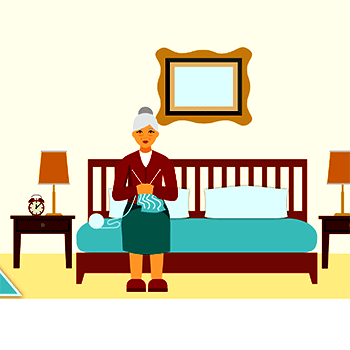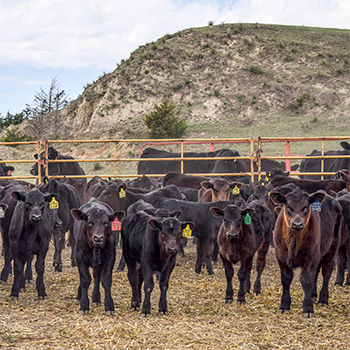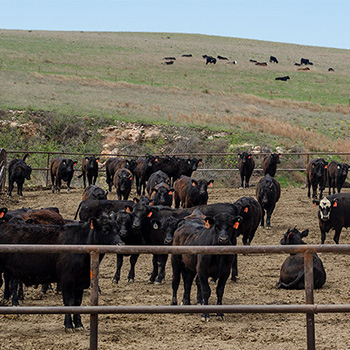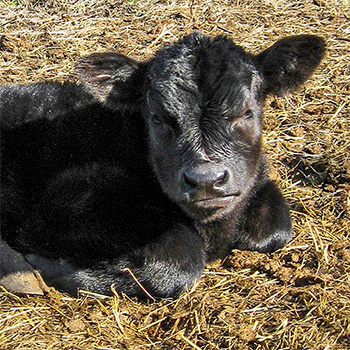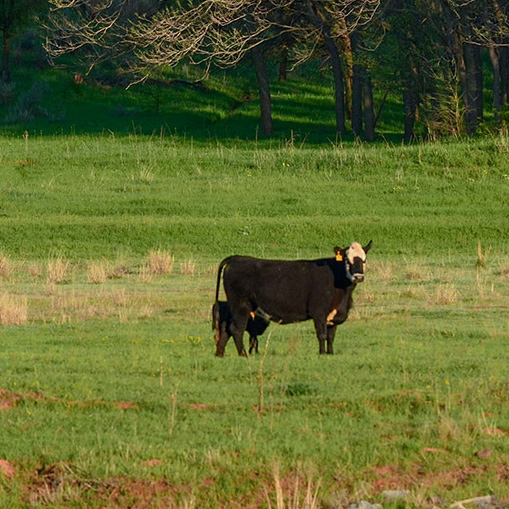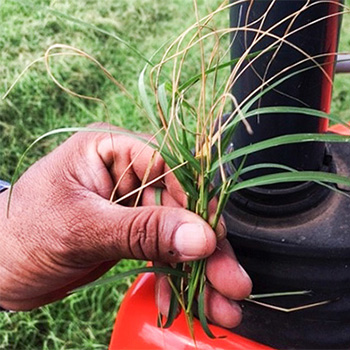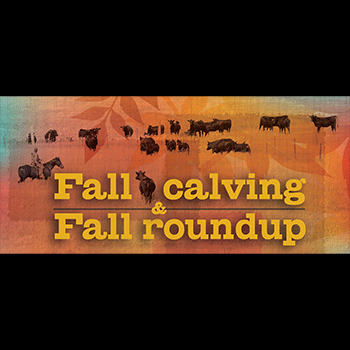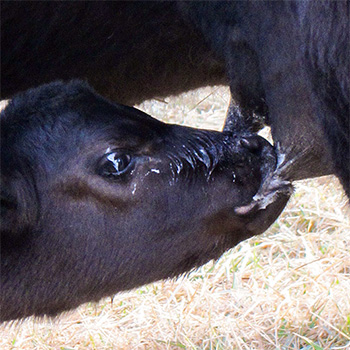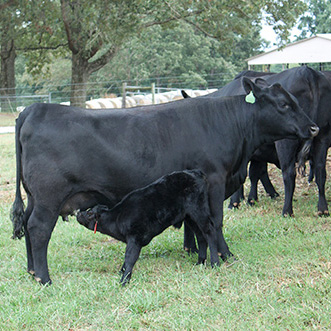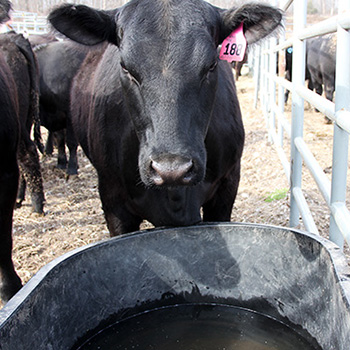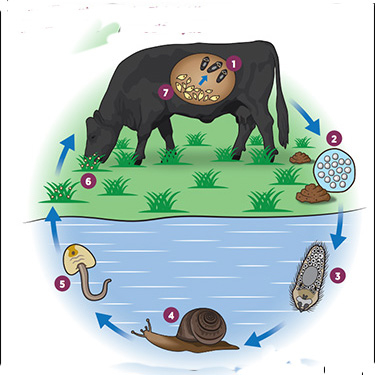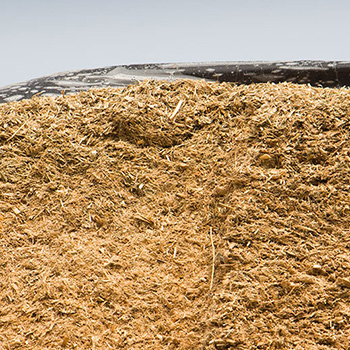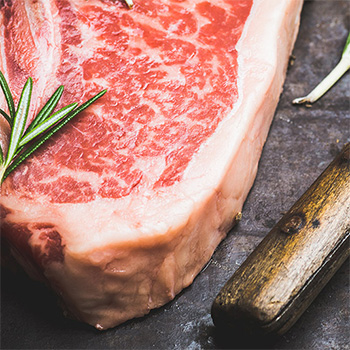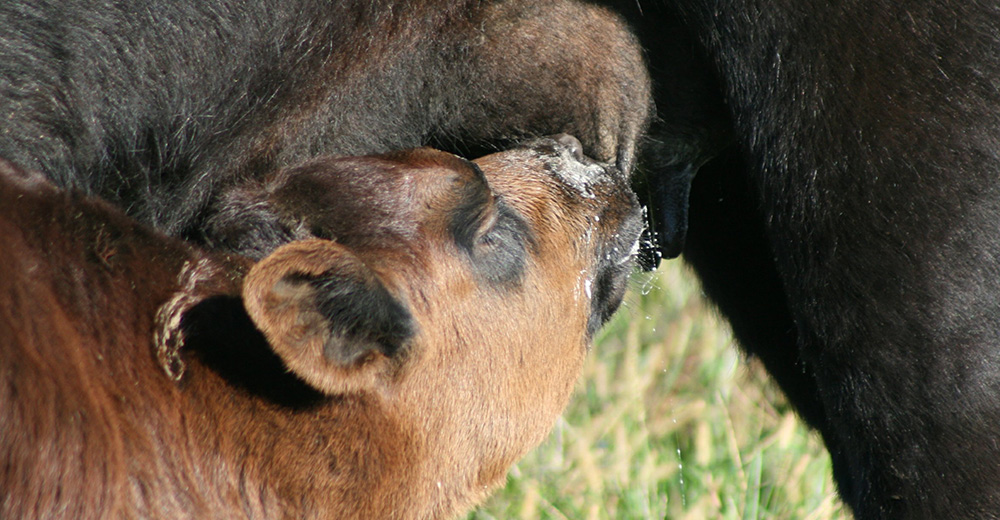
A Guide to Healthy Weaning
Options offered to consider when it comes to weaning time.
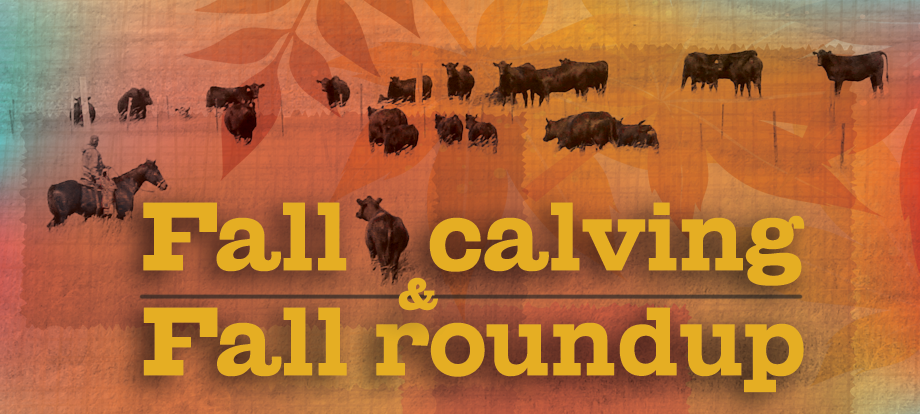
by Shelia Grobosky, BioZyme Inc.
Weaning time in the cattle business is ultimately the most stressful time in the calf’s life. However, with proper preparation and a good management plan, you can decrease the stress incurred on your calves, their mamas and yourself at weaning time, all while keeping both the cows and their offspring in peak performance.
When preparing for weaning and developing a management plan, there are several conditions to contemplate. You’ll need to plan for the best time to wean, the best method to follow, and a health management protocol to keep both the cows and calves at their healthiest. In addition, you’ll want to consider the environmental factors that you’ve faced during the year, such as precipitation and temperatures, which affect feed availability, calf age and size, cow condition and the market, to know if there will be strong demand for your calves when you are ready to sell them.
Timing is everything
The industry average for weaning calves is 6 to 8 months old, with most weaned between 7 and 8 months old. The age you decide to wean will likely be dependent on feed resources available and the condition of the cows. By the time you are weaning, that cow should already be bred and into her next gestation, not just continuing to grow the current calf at side.
In addition to cow condition and feed availability, keep a close watch on calf supply and demand in the marketplace. If you think there might be an upcycle in the market and demand is going to increase when your calves are closer to the 6-month mark than 8, then it might be wise to wean and sell them when you can get the most profit.
Early weaning is an option that does have its advantages. Typically, early weaning occurs when the calves are 3 to 5 months old. Weaning early is the easiest way to help manage a cow’s condition. You won’t have to use as much feed or hay back to restore her condition if you pull a big calf from her earlier.
Weaning methods affect stress
It is impossible to wean without causing some stress to both the calf and the cow; however, particular strategies will cause less stress on both parties and are more calf-friendly.
Fenceline weaning is one of the least stressful weaning methods. With fenceline weaning, you pen cows and calves across the fence from one another where they can still see and hear one another. Research has proven that calves will eat more and put on pounds faster when using the fenceline method.
Another commonly used approach is abrupt weaning, where the cows and calves are separated but remain on the same land. The cattle might be able to hear each other, but they can’t see each other, so the calves become accustomed to being alone, while still hearing the sound of their mothers, and vice versa.
Two other less-common practices are day weaning and slat or nose-flap weaning. Day weaning is a gradual weaning where the cow and calf are separated during the day and reunited in the evening for a window of time so the calf can nurse in the morning and evening. This method is most common with livestock exhibitors who are getting calves trained to lead and ready to show. Another strategy is nose-flap or slat weaning, where a plastic slat or guard is inserted into the calf’s nose to prevent it from nursing. The pairs are still together, and the calf can drink water and eat grass. It can’t nurse and after a week to two, it will not have the desire to suck.
Perhaps the most stressful weaning method is one that is still used quite regularly. Many producers will wean calves, load them in the trailer and take them directly to the sale barn. This method is usually used when space and labor are in short supply.
Be proactive with health, nutrition
Keep young calves as healthy as possible prior to weaning. It is best to give calves their proper vaccinations or vaccine boosters about a month prior to weaning. Because each geographic location and situation is slightly different, consult with your veterinarian on your needs. Most pharmaceuticals offer a seven-way or five-way vaccine to treat multiple bugs. You will also want to deworm calves when you vaccinate them.
Nutrition is crucial to eliminating your calves’ stress and continuing their postweaning performance. It is vital to keep their diets somewhat consistent to what they have been accustomed. If the calves have been on a total-grass diet, you don’t want to feed them much grain. However, you do want to offer them a high-quality hay or forage to keep a consistent diet. If you’ve had them on creep feed while they were still with the cow, continue the same creep feed for a two- to three-week period postweaning while transitioning them to a grower ration.
Not only is the calf stressed and in need of a high plane of nutrition, the maternal instinct of the cow kicks in and she is stressed by the removal of her calf. Although she is also in the early stages of gestation, the initial period postweaning is considered her maintenance period, but it is still vital to provide her with a balanced vitamin and mineral package.
Weaning. Don’t make it stressful on you, your calves or their mamas. Keep your calves healthy and happy, be prepared, create a plan prior to the separation day.
Editor’s note: Shelia Grobosky is the public relations coordinator at BioZyme Inc. Photo by Freddy Fretz, NJAA/Angus Journal Photography Contest.
